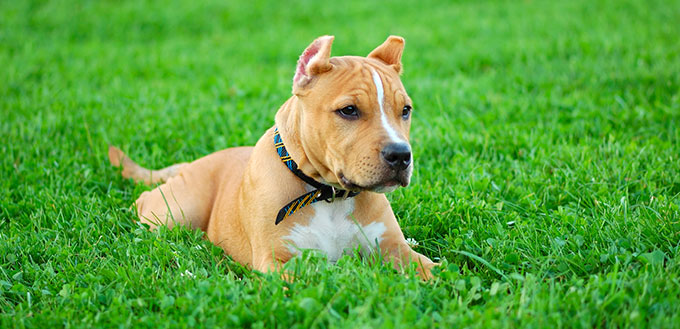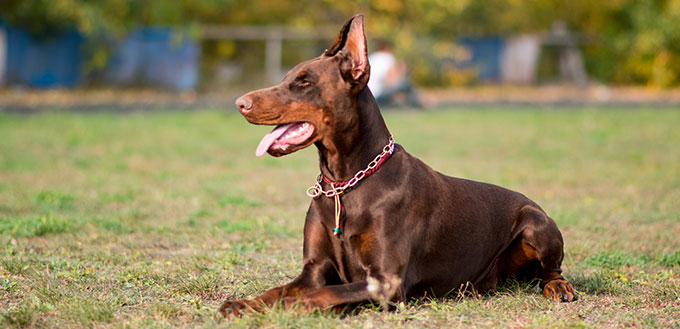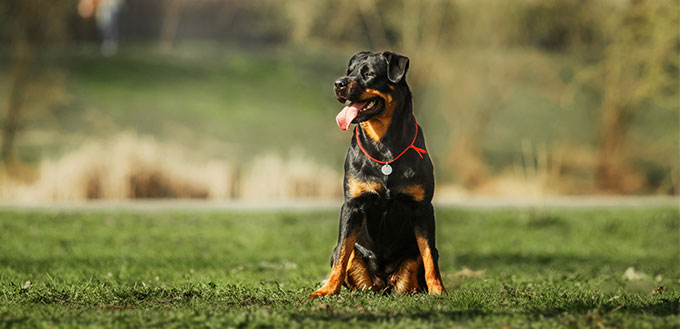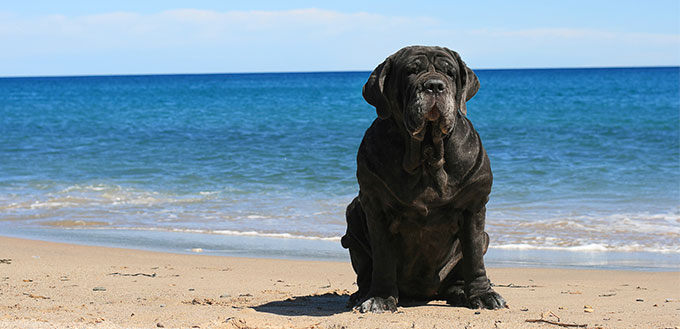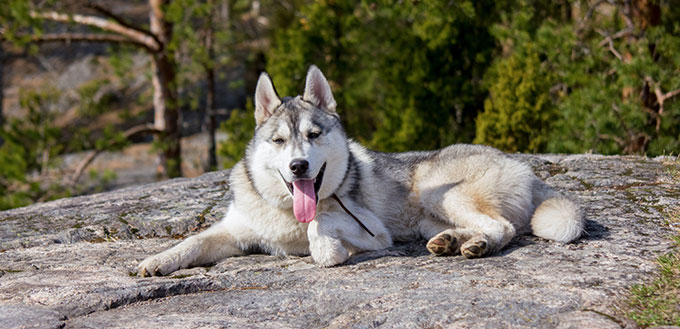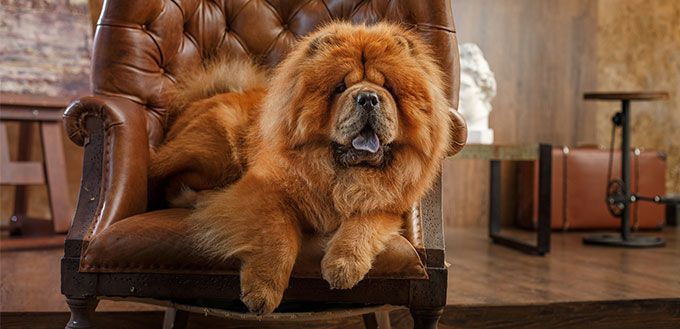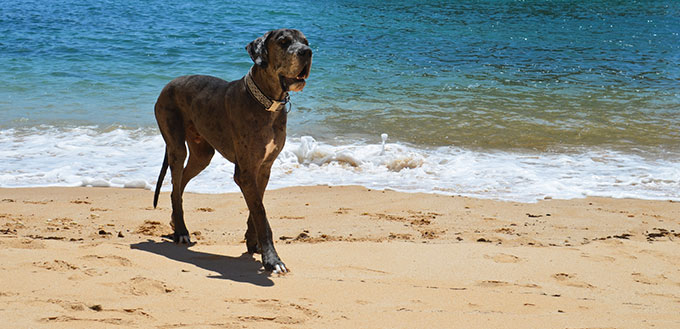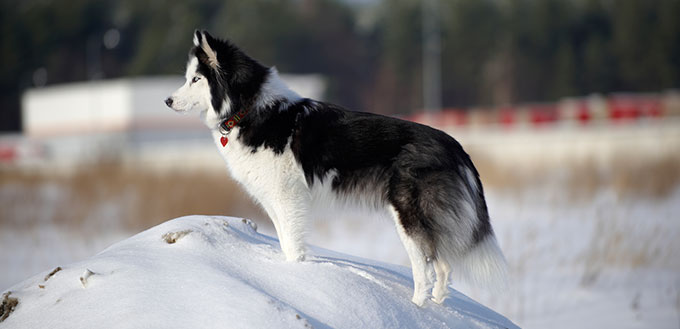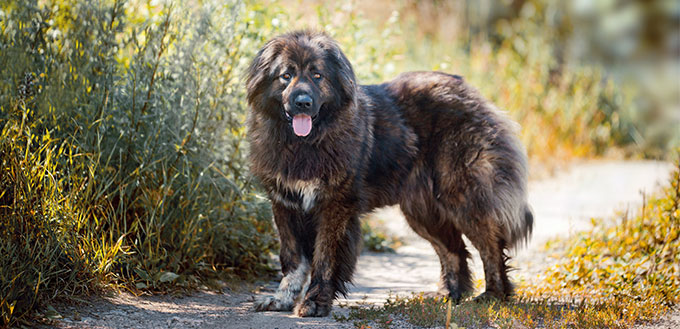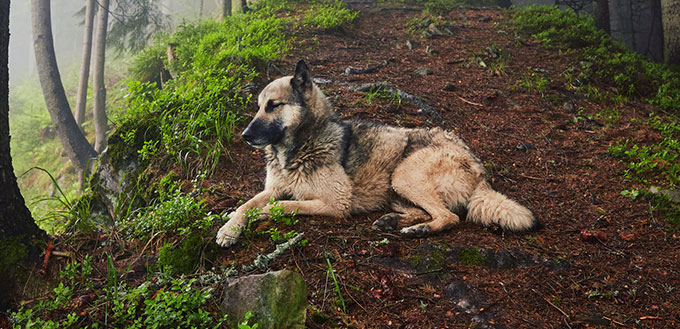While we tend to think of dogs as man’s best friend, there are some breeds that can be dangerous and will do people harm. That is not to say that all of the dogs in each of this list of the meanest breeds of dogs are dangerous. Indeed, you may own one of these pups that is perfectly harmless. But there are some breeds that are simply more likely to contain aggressive animals than others. If you are going to adopt one of these dogs, you need to pay particular attention to their socialization and training, ensuring that they will be loving and loyal companions.
What Makes a Dog Breed Dangerous?
How do we classify dangerous dogs? Well, this is decided by two main factors: the number of human fatalities recorded, and the number of attacks reported. There are a couple of organizations that have compiled data in these two areas including the Centers for Disease Control & Prevention (CDC) and dogsbites.org to name a couple. Some canines are listed on the dog breeds insurance blacklist.
Check out our round-up of the Best Pet Insurance Companies.
Why Do Dogs Act Aggressively?
There is a host of reasons why a dog may act aggressively. First, there is protective and territorial aggression in defending homes and families. Some can be possessive of things like food, bones, and even toys. Others act aggressively when they are scared or cornered. They may bite as a way of defending themselves. It is common for aggressive behavior to occur in dogs who have not been properly socialized. If your dog feels like they aren’t getting enough mental or physical stimulation, this can also lead to violence. If a pooch hasn’t been neutered or spayed, they can act aggressively in competition with one another. And then you have those who engage in predatory instincts.
Aggressive behavior like biting is often forewarned by other signs including growling, snapping, a rigid body shape, licking lips, raised fur, and seeing the white of their eyes. Recognizing the signs that your dog is going to attack can help you to protect people and other animals from getting harmed.
Most Aggressive Dog Breeds – What Dog Breeds are Considered Aggressive?
Pit Bull
The Pit Bull is the most dangerous breed of dog, accounting for 66% of all deaths from the 13-year span between 2005 and 2018 that dogsbites.org recorded. Known for their fighting instincts, they have powerful jaws, and it is very difficult to get them to let go once they sink their teeth into something. To avoid danger, they need to be properly trained and socialized when they are young. Many people find them to be excellent companion dogs, and it is argued that irresponsible owners have led to many of Pit Bull attacks. For example, they have been commonly used in dog fighting. Bear in mind that there are some bans and restrictions in place in some states in the US, so always check these before adoption.
Doberman Pinscher
Next up on the list of the most vicious dogs, we have the highly intelligent Doberman Pinscher breed, who are adept at sensing danger and can act in an aggressive way. Generally, they are protective over the humans they know and are more likely to act in a violent way towards strangers. As with all dogs like this, you need to properly train and take them through obedience classes. These lessons can be made more challenging by the fact that they have dominant nature rather than a submissive streak. At sizes of up to 28 inches tall and weights of up to 100 lbs, you certainly wouldn’t want to be on the wrong side of one. If you own one, you need to be prepared to give it plenty of attention, and you need to be especially careful with smaller children.
Rottweiler
Second on the list on dogsbite.org in terms of the number of recorded deaths due to dogs is the Rottweiler. As they can be bad tempered, they are not recommended for first-time dog owners. To avoid dangerous situations, they need to be properly trained and attended to. Known for their guard dog abilities, they are also highly expensive dogs. But they still remain one of the most popular breeds in the US. While they are usually good-natured, they can still be very protective over their ‘pack’ – namely your family. Again, it is often through mistreatment that Rotties get their aggressive nature, so you need to be wary if you are adopting an adult who has had a difficult past.
Mastiff
The English Mastiff is the breed that is commonly shortened simply to Mastiff. For many owners, you may be surprised to see this breed on here as so many are gentle giants. However, they can turn aggressive if they are mistreated, neglected, or trained badly. Socialization from an early age helps to send the right message to your dog about the correct way to behave. While your dog may still act coldly towards strangers, they are less likely to be aggressive this way. And this is certainly not a dog that you would want to attack as they stand at 36 inches tall and can weigh as much as 230 lbs. Another variation of the Mastiff, the Bullmastiff can also demonstrate aggression if not properly trained and socialized.
Alaskan Malamute
Alaskan Malamutes are beautiful dog breed and highly energetic. The problem is that their energy can be directed into aggressive habits if you are not careful. As traditional hunting dogs, they are used to chasing after smaller prey. The best way that you can teach your dog good behavior is by training them properly, but you need to bear in mind that this can be trickier with the Alaskan Malamute as they are typically slow learners. When they are part of a family, they love attention from humans, but you need to be careful with smaller children as they can be easily overpowered.
Chow Chow
While you may not think it to look at them, the Chinese breed Chow Chow can be aggressive in certain situations. Their aggression is often directed towards dogs of the same sex and smaller pooches, who can draw out their inbuilt hunting instincts. As we have mentioned several times in sections above, consist socialization at an early age is important. Again, you need to be especially careful when there are young kids in the house. These dogs are known to have short tempers, and if they are teased, they are more likely to respond aggressively. However, with proper care and attention, they can display lots of love and loyalty.
Great Dane
Another highly popular breed of dog, Great Danes can be dangerous if they are not trained and socialized. However, for many owners, they would describe their dog as a gentle giant with a kind nature. While they were originally bred to hunt wild boar, these days they are much more domesticated and often get on with humans and other animals. However, with their huge size and loud bark, they can certainly be intimidating. Aggression is often seen if they perceive danger to their family. You need to be prepared to offer your pooch plenty of love and attention as they can be quite demanding.
Siberian Husky
Like the Alaskan Malamute, Siberian Huskies were bred as working dogs. Their resemblance to wolves can make them quite a scary dog, but many of them love people and are gentle to humans and other animals. Their intelligence and high energy levels mean that they need a lot of mental and physical stimulation. If they don’t get enough of this, they are more likely to act out and this could result in aggressive behavior. Many of the fatal attacks have occurred on small children, which is another example of little kids and big dogs not mixing well.
Caucasian Shepherd
Caucasian Shepherds are well-known for fiercely protecting whoever they believe to be in their family including people, dogs, and other animals. However, they can be aggressive to people and animals outside of this group. With this in mind, this is not a dog for people who have never owned one before as they need such extensive socializing and training. Guarding and protecting are two of their most powerful instincts. The typical way that they attack is to knock over the threat and go for the most vulnerable area – the throat. This breed is known for their intelligence, but they can be stubborn and difficult to train. As these are pack dog, they need to learn that all humans are above them in pack status. Natural aggressive instincts come as early as three weeks old, which is why it is so important to start socializing and training at the earliest possible opportunity.
Wolf Hybrids
As you may already expect from dogs that are crossed with Grey Wolves, they can be unpredictable in nature. They have wild temperaments, and many states in the US have reacted by putting them on a list of banned dog breeds. If you are planning on taking one of these on, you need to ensure that you have the experience needed. They are not the best choice for families with young kids or those who cannot handle their aggression. Each Wolf Dog varies in personality, and they are more likely to be aggressive if they have more wolf than dog in their gene pool. They can become even more unpredictable when they reach sexual maturity. You need to be with your dog a lot of the time, and this may not be the ideal canine companion for busy people. As much as three or fours of exercise is needed on a daily basis. If confined to a house, health issues can occur.
How to Reduce Aggression in Dogs
If you own an aggressive dog, you need to take action to reduce it. Most dogs have triggers that lead to their aggressive behavior, and you will be better placed to deal with it if you know what is causing it. A professional animal behaviorist or trainer can help with the next steps. As this is such a serious problem, you shouldn’t attempt to deal with it yourself. They can help put together a plan and work out what the next steps are going to be. In most cases, the next steps are going to involve positive reinforcement. The specifics of the plan will depend on what is causing your dog’s aggression. If you try to respond to your dog’s aggression with punishments, hitting, yelling, or other similar negative techniques, you can end up making the problem a lot worse.
In some cases, training is not going to be enough on its own. Some pooches may need medication to help manage the issue. This is particularly the case if the aggression is linked to something like stress, fear, or anxiety. In more serious situations, you have to think about whether you are going to be able to keep a dog like this. For example, if your pooch is triggered by young kids and you have some in your family, you will not want to put them at risk. You may need to find your dog a new home if you can no longer manage their condition.
Final Thoughts
While all dogs have the capacity to act aggressively, some breeds have greater aggressive instincts than others. This list represents 10 of the most dangerous dog breeds. That is not to say that they cannot be kept as pets, but you need to take special efforts when it comes to training and socialization. Some dogs need to be kept apart from young children and smaller animals. When it comes to potentially aggressive dogs, it is often better if they are kept by people who have had previous experience with canines rather than first-time owners. Ultimately, you are responsible for looking after your dog properly and doing everything you can to prevent aggression from being a problem.
Sources:
- Lisa Zamosky, Understanding Pet Aggression, WebMD
- Aggression, The ASPCA


